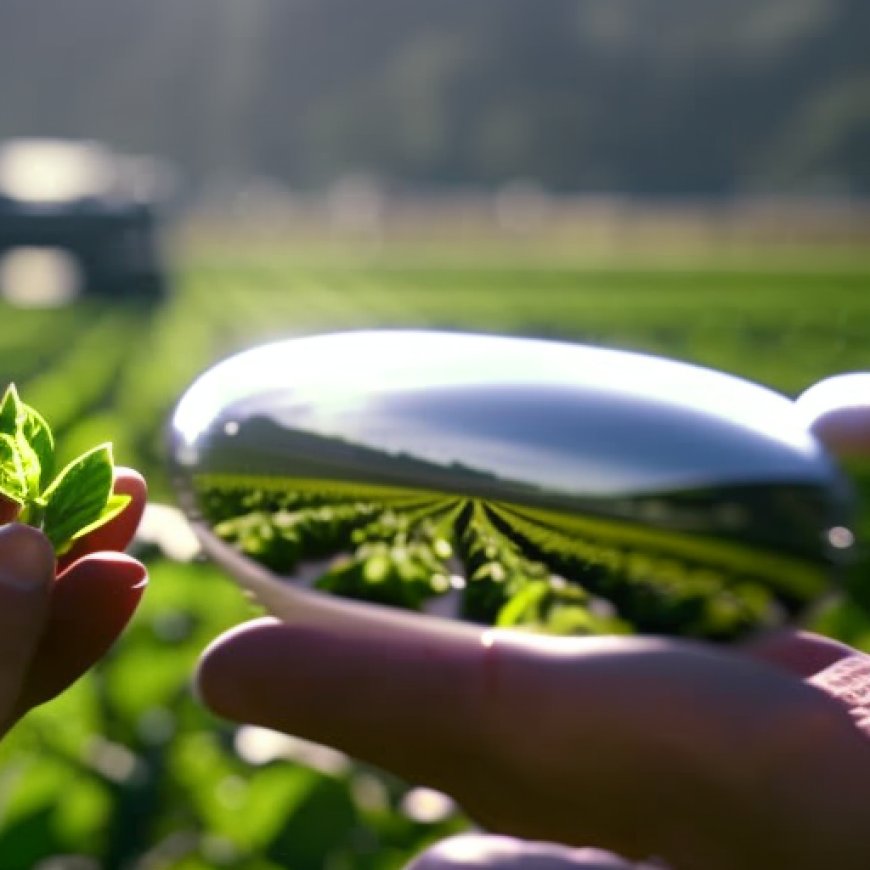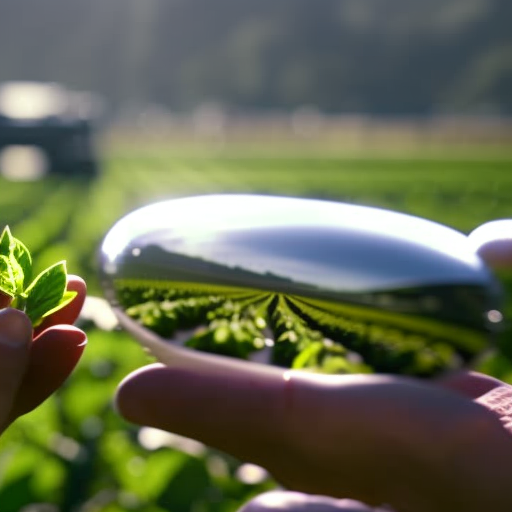Agriculture and Food Industry Anticipates a Calmer Year Ahead
Agriculture and Food Industry Anticipates a Calmer Year Ahead Hungary Today


Dávid Hollósi Predicts Positive Shift in Hungarian Agriculture
Dávid Hollósi, managing director of MBH Bank’s agro-food business, predicts a positive shift in Hungarian agriculture. He anticipates a sustained upturn starting in 2024, with equilibrium likely by 2025.
Factors contributing to this optimistic outlook include a more predictable economic environment, declining input costs, and forthcoming rural development tenders. These developments enable increased lending for agricultural investment, breaking the stagnation in agricultural lending.
Consequently, Mr. Hollósi foresees a shift in arable crop production away from dependency on grain yields for exports.
Enhancing Efficiency and Reducing Subsidy Reliance
He urges Hungarian grain producers to enhance efficiency and reduce reliance on subsidies for long-term viability.
Highlighting the importance of strengthening food companies for overall sector competitiveness, Dávid Mezei, MBH Bank’s head of agri-food business, underscores the pivotal role of food companies as primary buyers of agricultural products. He emphasizes the availability of substantial rural development funds for investments, complemented by an interest subsidy to support applicants.
Capitalizing on Current Support and Anticipating Future Tenders
Mr. Mezei anticipates new development tenders in 2025, amid potential changes in the EU’s agricultural funding system, urging farmers to capitalize on current support before potential post-2027 alterations.
Strategic analyst Csaba Héjja notes improved conditions across various agricultural sectors by the end of 2023, particularly in pork and cattle farming, with stable prices and incomes. However, challenges persist in vegetable and field crop production, such as high labor costs and profitability concerns.
Necessitating Structural Changes for Fruit Growers
Fruit growers face uncertainty attributed to market unpredictability and aging plantations, necessitating specific structural changes.
Mr. Héjja advises producers to focus on cost reduction, as they lack influence over price developments. Despite positive trends, challenges remain in 2024, alleviated by anticipated improvements in economic sentiment driven by rural development tenders.
SDGs, Targets, and Indicators
| SDGs | Targets | Indicators |
|---|---|---|
| SDG 1: No Poverty | 1.3 – Implement nationally appropriate social protection systems and measures for all, including floors, and by 2030 achieve substantial coverage of the poor and the vulnerable | No indicators mentioned in the article |
| SDG 2: Zero Hunger | 2.3 – By 2030, double the agricultural productivity and incomes of small-scale food producers, in particular women, indigenous peoples, family farmers, pastoralists, and fishers | No indicators mentioned in the article |
| SDG 8: Decent Work and Economic Growth | 8.3 – Promote development-oriented policies that support productive activities, decent job creation, entrepreneurship, creativity, and innovation, and encourage the formalization and growth of micro-, small-, and medium-sized enterprises, including through access to financial services | No indicators mentioned in the article |
| SDG 9: Industry, Innovation, and Infrastructure | 9.3 – Increase the access of small-scale industrial and other enterprises, in particular in developing countries, to financial services, including affordable credit, and their integration into value chains and markets | No indicators mentioned in the article |
| SDG 12: Responsible Consumption and Production | 12.2 – By 2030, achieve the sustainable management and efficient use of natural resources | No indicators mentioned in the article |
1. Which SDGs are addressed or connected to the issues highlighted in the article?
- SDG 1: No Poverty
- SDG 2: Zero Hunger
- SDG 8: Decent Work and Economic Growth
- SDG 9: Industry, Innovation, and Infrastructure
- SDG 12: Responsible Consumption and Production
2. What specific targets under those SDGs can be identified based on the article’s content?
- Target 1.3: Implement nationally appropriate social protection systems and measures for all, including floors, and by 2030 achieve substantial coverage of the poor and the vulnerable
- Target 2.3: By 2030, double the agricultural productivity and incomes of small-scale food producers, in particular women, indigenous peoples, family farmers, pastoralists, and fishers
- Target 8.3: Promote development-oriented policies that support productive activities, decent job creation, entrepreneurship, creativity, and innovation, and encourage the formalization and growth of micro-, small-, and medium-sized enterprises, including through access to financial services
- Target 9.3: Increase the access of small-scale industrial and other enterprises, in particular in developing countries, to financial services, including affordable credit, and their integration into value chains and markets
- Target 12.2: By 2030, achieve the sustainable management and efficient use of natural resources
3. Are there any indicators mentioned or implied in the article that can be used to measure progress towards the identified targets?
No indicators are mentioned or implied in the article that can be used to measure progress towards the identified targets.
4. SDGs, Targets, and Indicators
| SDGs | Targets | Indicators |
|---|---|---|
| SDG 1: No Poverty | 1.3 – Implement nationally appropriate social protection systems and measures for all, including floors, and by 2030 achieve substantial coverage of the poor and the vulnerable | No indicators mentioned in the article |
| SDG 2: Zero Hunger | 2.3 – By 2030, double the agricultural productivity and incomes of small-scale food producers, in particular women, indigenous peoples, family farmers, pastoralists, and fishers | No indicators mentioned in the article |
| SDG 8: Decent Work and Economic Growth | 8.3 – Promote development-oriented policies that support productive activities, decent job creation, entrepreneurship, creativity, and innovation, and encourage the formalization and growth of micro-, small-, and medium-sized enterprises, including through access to financial services | No indicators mentioned in the article |
| SDG 9: Industry, Innovation, and Infrastructure | 9.3 – Increase the access of small-scale industrial and other enterprises, in particular in developing countries, to financial services, including affordable credit, and their integration into value chains and markets | No indicators mentioned in the article |
| SDG 12: Responsible Consumption and Production | 12.2 – By 2030, achieve the sustainable management and efficient use of natural resources | No indicators mentioned in the article |
Behold! This splendid article springs forth from the wellspring of knowledge, shaped by a wondrous proprietary AI technology that delved into a vast ocean of data, illuminating the path towards the Sustainable Development Goals. Remember that all rights are reserved by SDG Investors LLC, empowering us to champion progress together.
Source: hungarytoday.hu

Join us, as fellow seekers of change, on a transformative journey at https://sdgtalks.ai/welcome, where you can become a member and actively contribute to shaping a brighter future.







